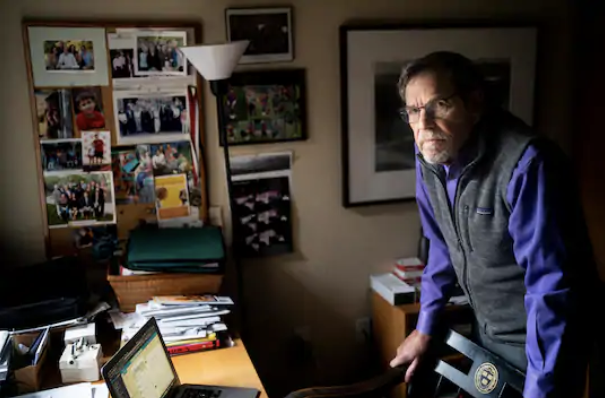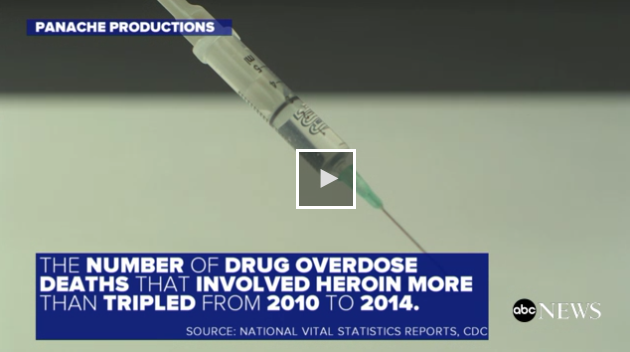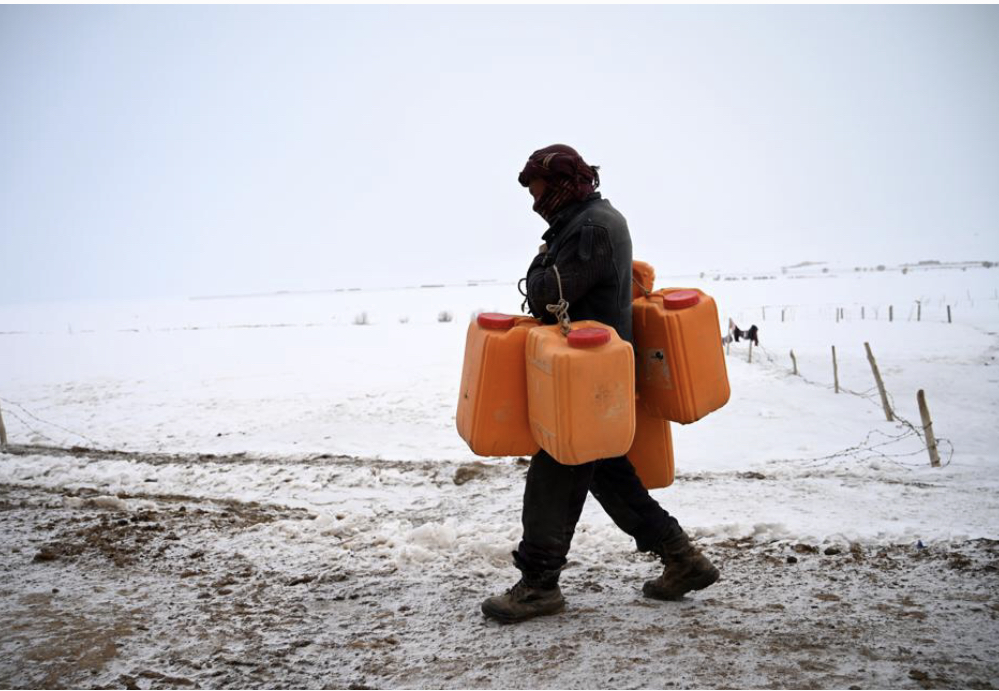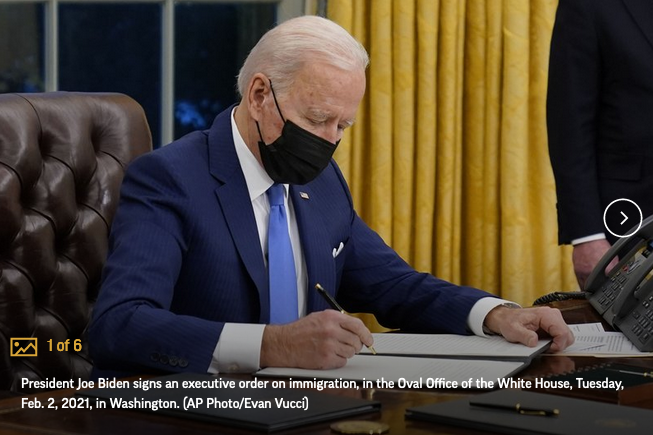In the wake of the pandemic, parents are struggling with keeping their children’s education on track. Remote learning, while necessary during the initial months of the pandemic, has failed many students who are suffering academically, mentally and emotionally.
So after nearly 365 days away from schools, where does the decision stand? And why are so many public schools still closed, or only offering partial in-person learning, while private schools have been back in the classroom for months?
First: The Data
- From the CDC: Last month, a study from three Centers for Disease Control scientists said that with precautions like distancing and face coverings, “the type of rapid spread that was frequently observed in congregate living facilities or high-density worksites has not been reported in education settings in schools.”
- The achievement gap continues to grow, with disadvantaged children hit the hardest, according to a study out of Columbia University. The study found that remote learning is widening the achievement gap because it is less effective than in-person schooling.
- Children’s Mental Health: In Las Vegas, a rise in student suicides has driven Clark County schools, the fifth largest district in the nation, to push to reopen as quickly as possible. According to a doctor from the CDC, “school districts have reported suicide clusters” since COVID-19 lockdowns began.
- Which States are Open? Currently, 7 of the 10 largest school districts in the nation have been at least partially open for in-school instruction at some point in the school year. That includes New York, where the district reopened elementary schools in December. Here’s a state-by-state map of school closures and openings.
Second: Local Control
Parents, children, educators, and policymakers have the same goal: Get kids back in the classroom safely. President Biden said this was a “top goal” for his first 100 days. Unfortunately, this statement is at odds with many public-sector teacher unions that, from California to Virginia, have blocked in-person learning. But not all. One union leader has backed the goal of getting kids back to school, but noted the funding challenges that some schools face for providing masks, hand sanitizer and even soap amidst budget cuts.
Public-sector unions are governed by state laws, and each state determines what issues, such as offering in-person or virtual learning, must be negotiated between school districts and teachers’ unions. This also comes into play with teacher strikes. States determine if unions can walk out over “safety concerns” or for other matters.
And “when teacher unions walk out – as the Chicago Teachers Union (CTU) was poised to do before reaching a delayed agreement with the school district on Feb. 7 – they walk out on kids,” says Illinois Policy Institute’s Mailee Smith. “Parents can’t just choose a different provider as easily as they could if workers were striking at their preferred grocery store.”
Third: A Moving Goalpost
When school districts think they’ve met union demands about safety, the unions have changed or increased their demands. For example, the Fairfax County, Virginia, school system demanded (and received) priority vaccinations for their teachers, then the Fairfax Education Association president said the union would not support a return to full-time, in-person education even in the fall. Now the union wants students to be vaccinated before in-person instruction resumes.
There are similar frustrations across the country, showing the out-sized influence of teachers’ unions, with priorities that aren’t always in line with the educators they represent.
What are parents to do?
Balancing the wants and needs of teachers and families is critical to solving this issue. Parents are the best advocates for their children and should learn about local control and teachers’ unions in their communities and states.
How to take action today:
- Dive into our K-12 Education Policy Circle Brief to learn more on this issue, and host a discussion with your Circle or network.
- Get to know the education community in your area: Look into education governance, such as school boards that set goals and visions for school districts. Ballotpedia.org is a good source to look for policies of K-12 education, agencies, and school board elections.
- Explore government programs in education in your state or community: Identify the education programs in your state by searching for the following terms: “[yourstate].gov education.” Look on your state government website for state agencies, or look for an “education” drop-down menu.
The Latest News The Policy Circle Team is Reading
We’ve gathered articles, videos, and analysis to dive-deeper into timely topics about the policy issues and opportunities that impact us all. Explore below and if you have additional news you think we should share, send us an email.

How to Master the vaccine-appointment website
Scheduling coronavirus vaccine shots online is causing panic for eligible Americans and the children and grandchildren helping them.

Study: Opioid overdoses 29% higher in 2020 than before the pandemic
“The disruption to daily life due to the COVID-19 pandemic has hit those with substance use disorder hard,” said former CDC director Dr. Robert Redfield, in December.
Learn more about how you can help in our Policy Circle Opioid Epidemic Brief

Hack of Water Treatment Plant Reminds Us How Fragile Global Water Supplies Are
On February 5th, a hacker used a water treatment plant’s computer system to alter sodium hydroxide levels in Oldsmar, Florida.
What are the roles of citizens, businesses, and the government when it comes to technology and data? Learn more in The Policy Circle’s Cybersecurity Brief.

Report Finds $15 Minimum Wage Would Cost Jobs but Lower Poverty Levels
The debate: CBO reports the $15 minimum-wage proposal would reduce poverty, however, Republicans are pushing back, saying it would kill jobs and hurt small businesses.
Learn more about Poverty in our Policy Circle Brief.

GameStop’s craze has caught the eye of a new set of investors: Children
Last week, millions of Americans found themselves taking a crash course in the stock market. Many were just curious, some were invested themselves, and a handful were just trying to keep up with their underage children’s new day-trading interests.
Learn more about Financial Literacy in America in The Policy Circle Brief.

Chamber of Commerce elevates first woman to CEO role
The U.S. Chamber of Commerce announced Tuesday that Suzanne Clark will become the next chief executive officer of the country’s largest business lobbying organization, the first woman to hold the position in the business lobby’s 109-year history.
The Policy Circle is a 501(c)(3), nonpartisan organization that provides pathways for women to become courageous, knowledgeable and active citizens who identify and take ownership of local solutions to the issues facing their communities. Please consider supporting our mission and developing your own leadership skills by becoming a financial supporter.
Want to share your Policy Circle story? Email us at communications@thepolicycircle.org to learn how to get involved. And follow us on social: Facebook, Instagram, Twitter and LinkedIn.